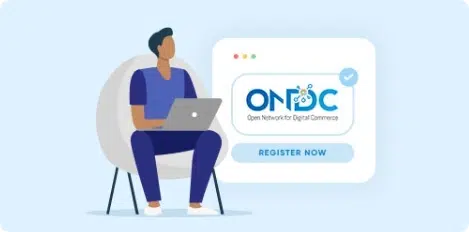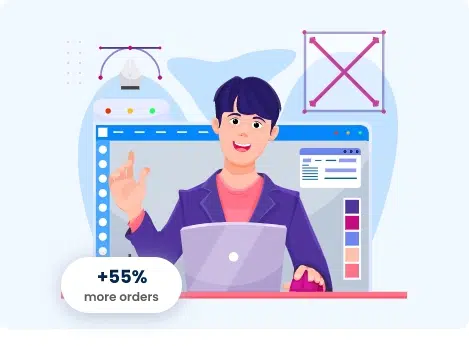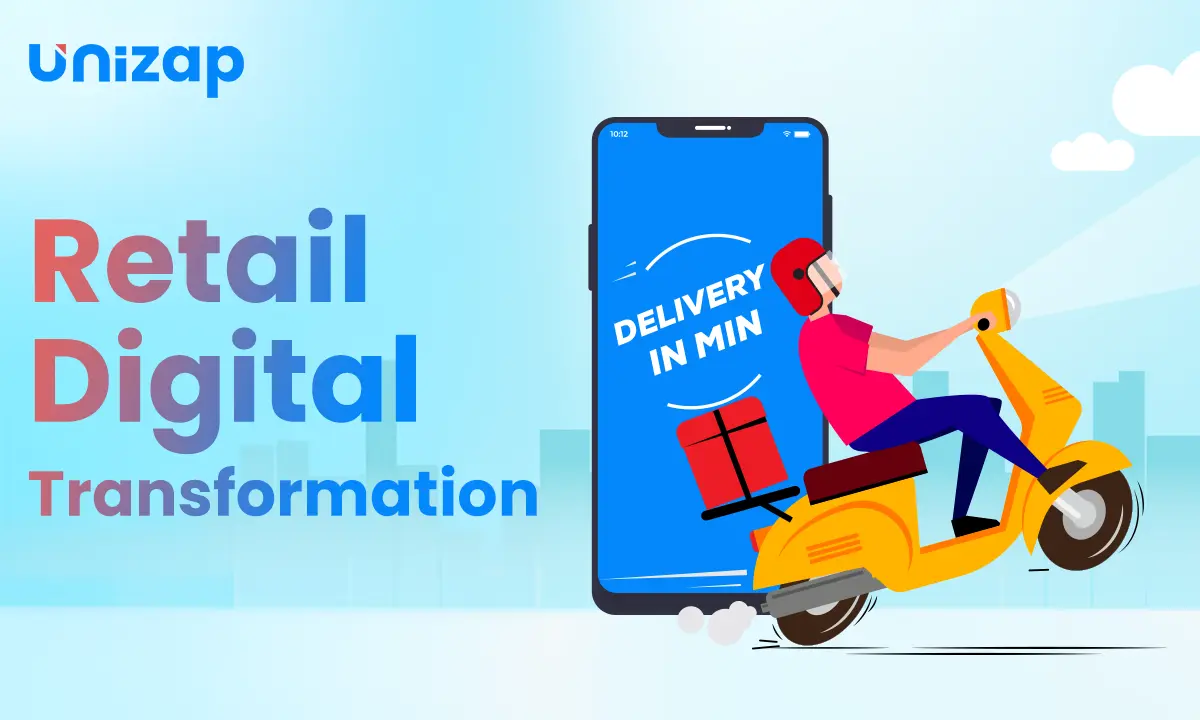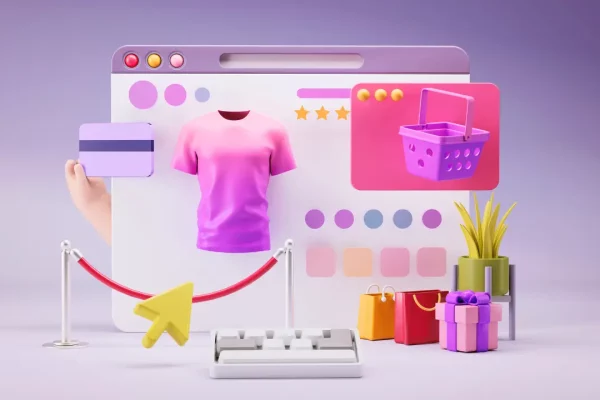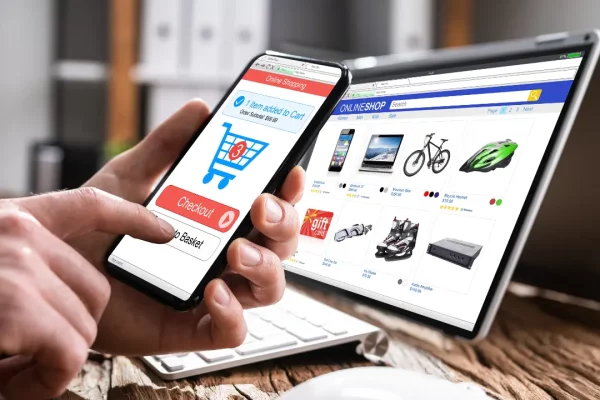Introduction
Consumers have learned to anticipate the ease of food ordering from comfort and privacy over the years. The average order value for online purchases from online restaurant apps is generally greater than in-store purchases. Offering your clients the convenience of online ordering can result in increased efficiency and revenues for your business.
Furthermore, it may assist you in expanding your reach, improving inventory visibility, and overcoming the disadvantages of accepting orders over the phone.
[elementor-template id=”40860″]
Nevertheless, in a saturated restaurant market, simply implementing an online ordering system may not be enough. You must continually try to boost your restaurant’s online orders by having the framework more accessible and keeping the online ordering process more convenient.
Let us talk about few strategies to improve your ordering experience with the help of an online restaurant app.
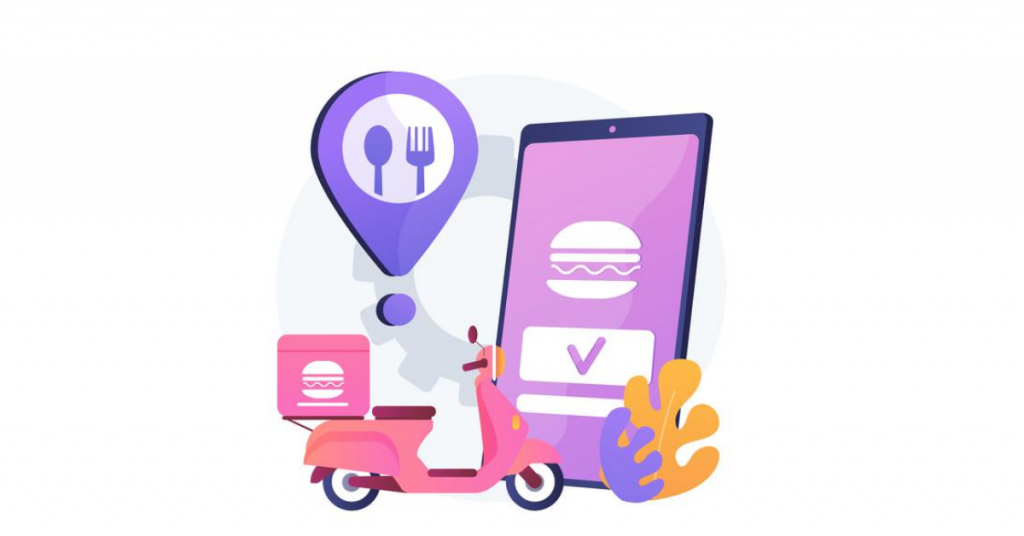
1. Make the experience as smooth as possible.
Several high-end companies have set the bar for online restaurant app ordering experiences that imitate and improve the finest of in-store shopping and provide a whole in-app journey. They have come to anticipate this level of service but are frequently let down by applications that lack critical features, don’t take mobile payments, or divert customers to websites to finish their orders. The parts of an in-store transaction should be available immediately within the app: browse the entire menu, customise products, make digital payments, and finalise the order.
2. Instruct consumers on where to go.
Many applications leave consumers in the dark about anticipating when they arrive at the business, causing uncertainty and perhaps ruining an otherwise perfect experience. However, there’s a straightforward fix: inform consumers where and how to take up their goods. Do this throughout the order confirmation hearings, and probably send a push notice or other app alert as a follow-up.
3. Reward loyalty
You may be tempted to forgo incorporating a loyalty programme into your app order service due to its complexity. This is a blunder. When you separate app ordering from loyalty incentives, your top committed consumers are less likely to use mobile orders. As a result, your app order clients are less likely to participate in your rewards programme. You also miss out on a great chance to offer incentives to encourage consumer trial and habituation.
4. Make your app into a marketing tool.
The typical individual opens up their phone 46 times each day and instals 27 apps. Thus, users have granted your brand room on their most-used device by downloading your app. That does not, however, imply that they will remain involved with it on their own.
Adding compelling content, such as an educational greeting series, help information, and valuable in-app messages and text alerts will increase sales conversion and decrease the likelihood of consumers deleting your app.
5. Keep It Up To Date
App data, like anything else on the web, quickly become outdated. Your marketing department should try to add your mobile order app frequently, just as they do with in-store signs, websites, and social media profiles. Menu changes and the inclusion of LTOs are essential, but your business may also inform customers about discounts, events, and other information.
[elementor-template id=”40866″]
Conclusion
Be it through loyalty programmes, new POS technology, or promoting consumer engagement in content, the online restaurant business is rapidly developing to respond to why users want to engage with the destinations they visit. Therefore, building an app should not seem like a chore for a restaurateur potential but rather a device to improve consumers’ dining experiences.

